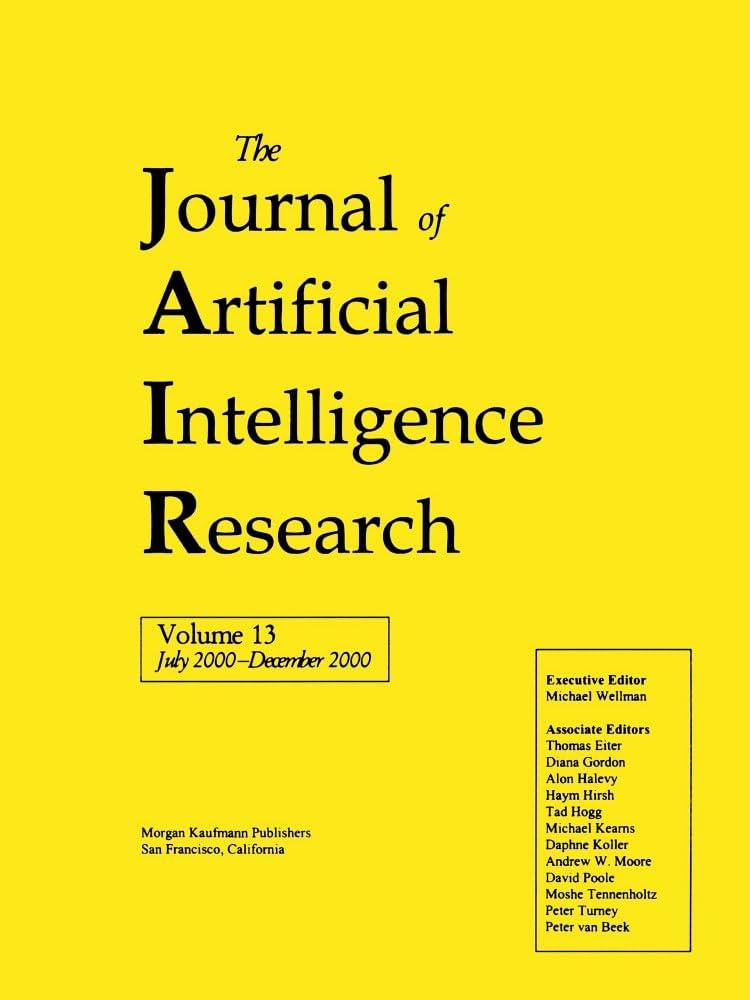深度图表示学习方法综述
IF 4
3区 计算机科学
Q2 COMPUTER SCIENCE, ARTIFICIAL INTELLIGENCE
引用次数: 0
摘要
近年来,在图表示学习方面有很多活动。图表示学习的目的是生成图表示向量,以精确地表示庞大图的结构和特征。这是至关重要的,因为图表示向量的有效性将影响它们在异常检测、连接预测和节点分类等后续任务中的表现。最近,在基于数据的图形问题上使用其他深度学习突破的情况有所增加。基于图的学习环境有一种方法分类,本研究回顾了所有的学习设置。从理论和实证两方面探讨了学习问题。本研究简要介绍和总结了图神经架构搜索(G-NAS),概述了图神经网络的几个缺点,并提出了一些缓解这些挑战的策略。最后,本研究讨论了几个潜在的未来研究途径尚未探索。本文章由计算机程序翻译,如有差异,请以英文原文为准。
A Comprehensive Survey on Deep Graph Representation Learning Methods
There has been a lot of activity in graph representation learning in recent years. Graph representation learning aims to produce graph representation vectors to represent the structure and characteristics of huge graphs precisely. This is crucial since the effectiveness of the graph representation vectors will influence how well they perform in subsequent tasks like anomaly detection, connection prediction, and node classification. Recently, there has been an increase in the use of other deep-learning breakthroughs for data-based graph problems. Graph-based learning environments have a taxonomy of approaches, and this study reviews all their learning settings. The learning problem is theoretically and empirically explored. This study briefly introduces and summarizes the Graph Neural Architecture Search (G-NAS), outlines several Graph Neural Networks’ drawbacks, and suggests some strategies to mitigate these challenges. Lastly, the study discusses several potential future study avenues yet to be explored.
求助全文
通过发布文献求助,成功后即可免费获取论文全文。
去求助
来源期刊

Journal of Artificial Intelligence Research
工程技术-计算机:人工智能
CiteScore
9.60
自引率
4.00%
发文量
98
审稿时长
4 months
期刊介绍:
JAIR(ISSN 1076 - 9757) covers all areas of artificial intelligence (AI), publishing refereed research articles, survey articles, and technical notes. Established in 1993 as one of the first electronic scientific journals, JAIR is indexed by INSPEC, Science Citation Index, and MathSciNet. JAIR reviews papers within approximately three months of submission and publishes accepted articles on the internet immediately upon receiving the final versions. JAIR articles are published for free distribution on the internet by the AI Access Foundation, and for purchase in bound volumes by AAAI Press.
 求助内容:
求助内容: 应助结果提醒方式:
应助结果提醒方式:


